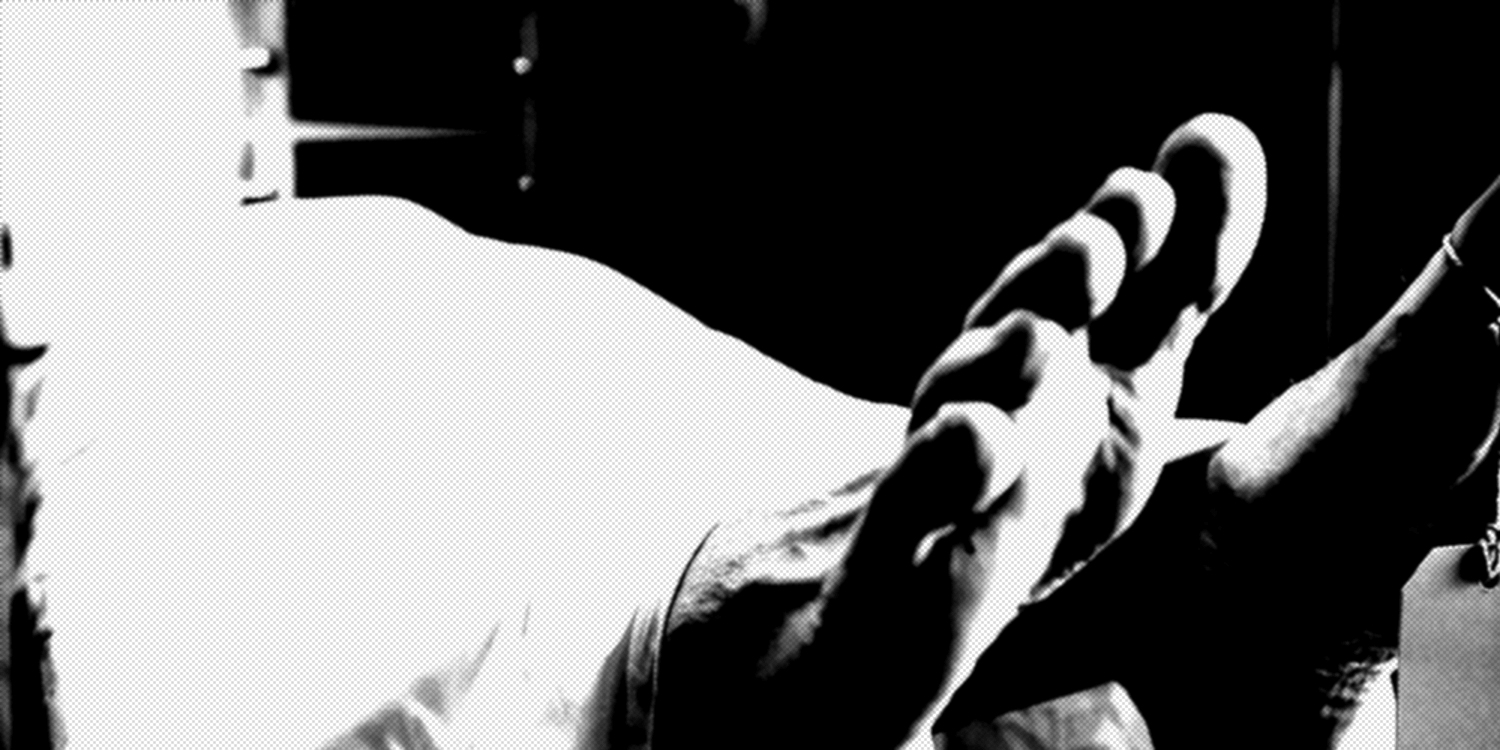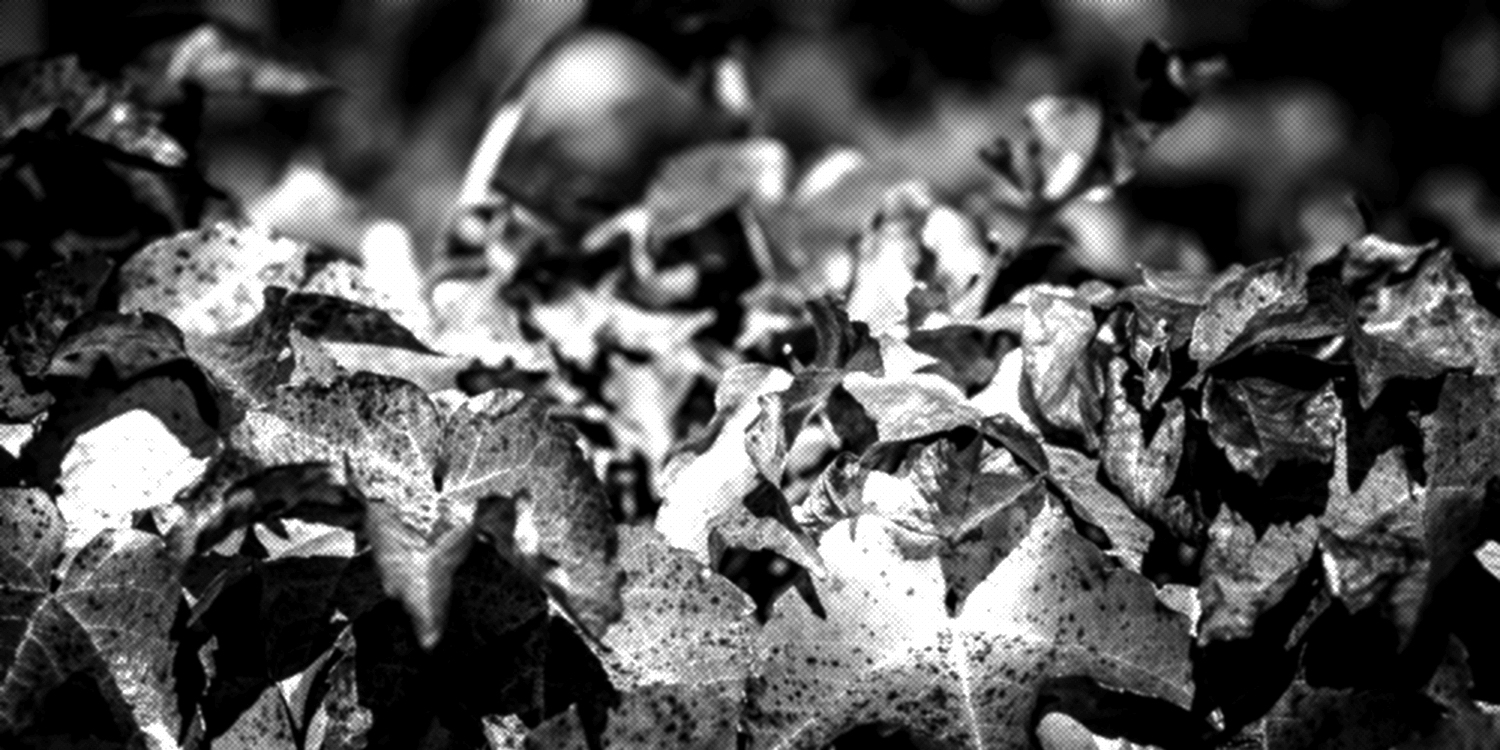
Ms. Howard loved her Grade 3 students at Bloomington Elementary School.
She taught them math, English, science, and music, but of all the subjects she taught, she thought the Death Lesson was the most important.
She sat at her desk grading spelling quizzes. Her face was pleasant with big, smart eyes, thin cheeks, and a subtle chin. She wore a knee-length blue skirt and a white blouse. Her brown hair, finely streaked grey, was in a neat ponytail.
She looked at her watch. 1:55 p.m. In five minutes, Mr. Jameson would be waiting outside the door.
She capped her red pen and placed it neatly on her desk. She took a sip of honey-sweetened tea before taking to the front of the class. She paused and took in the scene of her students reading from their chapter books. For the most part her students were well-behaved. Ms. Howard often described herself as a farmer planting seeds, hoping something would grow. This year would be a good harvest.
“Okay class,” Ms. Howard said, snapping her fingers. The students looked up. “Put away your books. It’s time for our next lesson.” Ms. Howard put a piece of chalk to the blackboard. She wrote “D-E-A-T-H” in deliberate cap letters and underlined the word. The chalk edge crumbled and its pieces tinkled against the metal sill. “Can anyone tell me what this is?”
A keen student raised her hand.
“Yes, Molly. Go ahead.”
“Death is when people get so old they fall asleep and can’t wake up.”
“Right! Death is the moment a person’s life ends. We are born, we grow, then we die. When a person is dead it can look like they’re asleep.”
Ms. Howard wrote “old age” under “DEATH” on the blackboard. “But not just old people die. Death can happen many years or mere seconds after a person is born. Can anyone tell me about the different ways you can die?”
“You can crash in a car, ” said a grubby child named Dicky from the back of the class.
“Good, Dicky. Your body can get so damaged that it fails to work. Lots of people die when the car, train or airplane they’re travelling in has an accident.”
She added “accidents” to the list.
“Anything else?”
Many children raised their hands this time.
“You can get eaten by a bear.”
“Yes, animals can be very dangerous,” Ms. Howard replied. “Bears, wolves and sharks kill things to eat. Sometimes they kill people.” She wrote “animals” on the chalkboard. “Not just big animals are dangerous. Smaller animals like snakes, spiders and insects can kill a person with a single poisonous bite. Anything else?”
“My grandma died of cancer,” said a boy named Randy.
“Yes, cancer’s a big one,” Ms. Howard agreed. “It can affect your lungs, skin, bones, even your brain. People can get lots of different illnesses.”
She wrote “illness” on the board to the sound of a faint rapping on the door. She put the chalk nub on the sill and gave a little excited clap. “Now that you know what death is and a couple of ways a person can die, it’s time to introduce you to our special guest.”
She left the room and returned pushing a gurney with a large, sheeted shape on it. Its wheels squeaked all the way to the front of the room. The children shifted in their seats as an overwhelming smell of artificial flowers filled the room, masking the smell of formaldehyde and other chemicals.
“All right class this is Mr. Jameson.” She pulled the sheet down a little, exposing the head and shoulders of a dead man.
The cadaver’s skin was cloudy-sky grey, and his hair was a greasy nest of feathered silver strands. His eyes were closed, but his mouth hung slightly open showing teeth that were worn and yellow tinged.
“Mr. Jameson died two days ago. He died from a stroke, which is a form of disease.”
Dicky stood for a better view. His eyes widened, and he sat back down. Others looked like they could cry, while others were transfixed.
Ms. Howard took a piece of paper from the pocket in her dress and perched her reading glasses on her nose. “Mr. Jameson was 63 years old,” she read. “He went to university and worked as a lawyer right here in Bloomington. He married his wife, Jocelyn, in 1981 and had two children. His three grandchildren are, well, they’re about your age.”
Ms. Howard sat on the edge of her desk. “Mr. Jameson worked hard to create a nice life for his family. He owned lots of expensive things, a house, and cars. He knew he was going to die, because it happens to us all, but do you think he knew when he was going to die?”
The children shook their heads.
“That’s right. Mr. Jameson’s death was a surprise to him and his whole family. He was probably expecting to live twenty or thirty more years. He no doubt has a long list of things he wanted to do, but will never get to. What sorts of things will Mr. Jameson not be able to do?”
Hands shot up all over the room. Ms. Howard used her chalk nub to draw a vertical line to the right of the list under the word “DEATH” and added the students’ responses as she selected them one by one. She wrote: “Eat a hotdog at The World Series,” “ride an elephant,” “fly a fighter plane,” and “see chocolate bars being made.”
She agreed that all the suggestions would be excellent ways for a person to spend their time. “But sadly,” she said slowly drawing a neat line through each answer, “Mr. Jameson’s time is over.” In a silent moment she back over the man’s face, then picked up a stack of worksheets and passed them out row by row until each student had one.
“Use this sheet to write a list of some of the things you’d like to do before you die. Tomorrow we’re going to set goals so you can get these things done and add more to the list.”
The kids all got to work, even Dicky.
Ms. Howard stood beside Mr. Jameson and studied his face for a few moments before pulling the sheet back over it. As she wheeled him out, she smiled and said, “Say goodbye to Mr. Jameson, everyone!”
“Bye, Mr. Jameson!” the students said in unison. A few waved as the wheels squeaked out into the hall so Mr. Jameson could visit another class.
When Ms. Howard returned, she sat at her desk and looked at the leftover worksheets. She took a sip of tea and read the top line.
“Someday I will die. It’s important that I get the following things done as quickly as I can before time runs out.”
She picked up her red pen and hovered the tip over top-most blank, but instead of writing, she bounced the papers on their bottom edges, smoothed them into a neat stack, and placed them in her bottom drawer for next year’s students to use.
THE END


